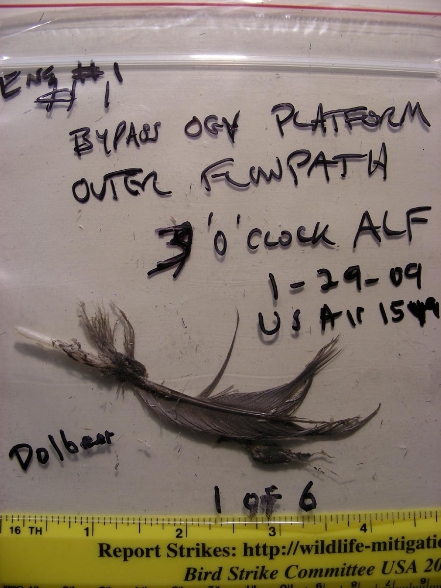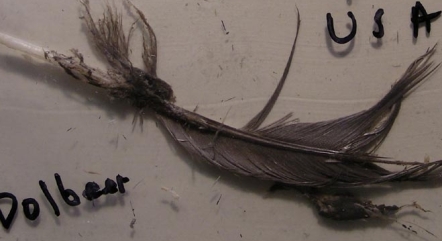A feather is among the evidence found in the left engine of the US Airways A320 that crashed in the Hudson River on 15 January.
In a report released today by the US National Transportation Safety Board, investigators confirmed that the feather and other organic materials recovered from both engines are in fact bird remains, the type of bird now being determined through DNA analysis at the Smithsonian Institution.
All 150 passengers and five crew safely evacuated the Flight 1549 in the river that afternoon and were rescued by nearby boats.
The finding supports data from the aircraft’s flight data recorder that shows no anomalies or malfunctions in either engine up to the point where the captain reported a bird strike at 3,200ft after departing LaGuardia Airport, after which there was an uncommanded loss of thrust in both engines.
Flight had earlier reported that the A320’s left engine continued to operate at 35% fan speed, enough to power electrical and hydraulic systems, allowing the pilots to configure the wing flaps and slats for ditching. The right engine was operating at only 15% fan speed.
The NTSB also reports that a surge event that occurred in the right engine of N106US two days before the accident was caused by a faulty temperature sensor which was later replaced. Investigators also verified that the provisions of an airworthiness directive specific to the CFM56-5B engines had been met by US Airways.
Pictured below is a feather recovered from the left engine.
 ©NTSB
©NTSB

Source: FlightGlobal.com
















